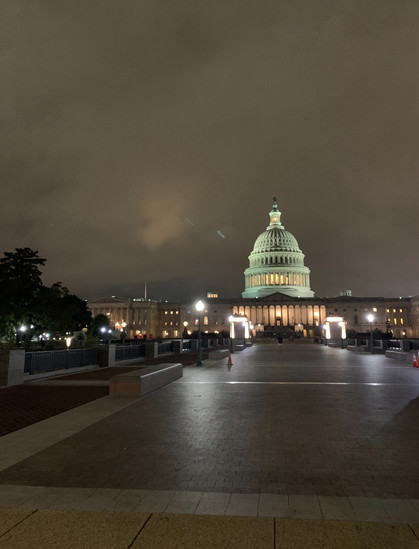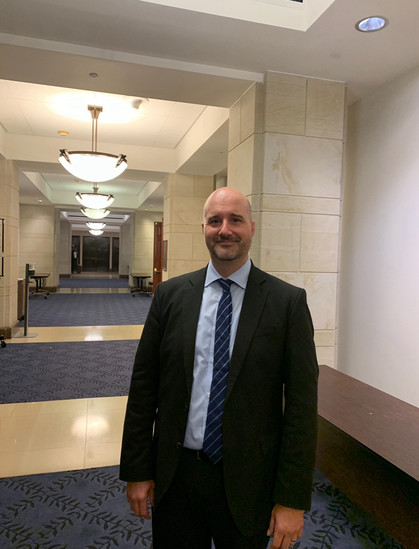I read that the official Mastodon instance of the Swiss government will be closing down.
They say there are few active users, low engagement, and minimal interaction, which seems quite plausible. Additionally, they claim that "on platforms like X or Instagram, the Federal Council and the Federal Administration have many more followers." I believe that too, of course.
However, I do not agree with their decision. I think a government shouldn’t be overly concerned about follower counts and interactions, but rather about providing free, autonomous communication that is independent of third-party companies. In my view, a government shouldn’t operate like a business focused on "numbers."
Still, I appreciate their experiment - many governments, like the Italian one, haven’t even tried.
Regarding costs and management effort: an instance with 5 users and 3,500 followers (numbers provided by them) can run on a VPS for €3 a month and doesn't require heavy moderation. The cost for them is nearly zero. Yet, the freedom of information and discussion, especially for a Neutral Country, should always be a priority.
I believe that maintaining control over one’s information channels is crucial, especially in today's world. But, I fear that decision-makers only consider the numbers, which often favor the flashiest - but worse - solutions.
Encouraging citizens to use closed platforms is, in my opinion, a wrong choice.
Thanks to the Swiss government for at least giving it a shot.
https://www.admin.ch/gov/it/pagina-iniziale/documentazione/comunicati-stampa.msg-id-102585.html
#Mastodon #FreedomOfSpeech #Switzerland #Fediverse #SocialNetworks





